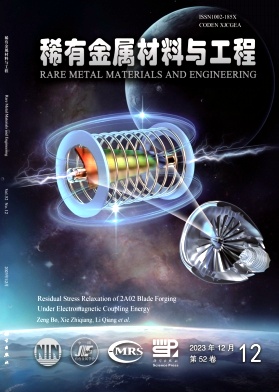Effect of Minimum Temperature on the Mechanical Properties and Reversed Austenite Content of 9%Ni Steel Subjected to Cryogenic Treatment
Abstract
The effect of minimum temperature on the mechanical properties and reversed austenite content of 9%Ni steel subjected to cryogenic treatment was experimentally investigated. Cryogenic treatment with different temperatures and soaking time were conducted by combining with the newly developed quenching, lamellarizing and tempering (QLT) heat treatment of 9% Ni steel. The results show that the cryogenic treatment at −80 and −110 °C has no obvious influence on the reversed austenite content and mechanical properties of 9%Ni steel. However, the room temperature impact toughness is improved by cryogenic treatment at −140 °C for 24 h, which is attributed to the modification in the reversed austenite morphology from bulks into strips. The volume fraction of the reversed austenite decreases slightly due to the isothermal martensitic transformation at −140 °C. Cryogenic treatment at −196 °C for 24 h increases the volume fraction of reversed austenite and refines the secondary martensite lath, thereby improving both the room temperature impact toughness and cryogenic ductility. The observed results are mainly due to the precipitation of ultra-fine carbides and the increase of internal stress during cryogenic treatment, which provides more nucleation sites for the reversed austenite in the process of tempering.

 求助内容:
求助内容: 应助结果提醒方式:
应助结果提醒方式:


